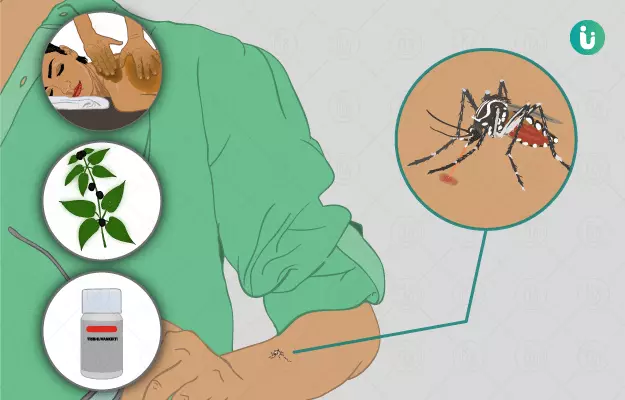Chikungunya is a viral infection that is spreads through the bite of Aedes egypti and Aedes albopictus mosquitoes. The early symptoms of chikungunya include fever, headaches and arthralgia (joint pain), especially in ankle, elbow, wrist and knee joint. In fact, joint pain is one of the characteristic symptoms of this infection due to which Chikungunya virus is categorised as an arthritic virus. Joint pain might become severe in the mornings and on movement. People diagnosed with chikungunya also experience sore throat, conjunctivitis, loss of appetite, photophobia (sensitivity to light) and swollen lymph glands.
Chikungunya is not mentioned in Ayurvedic literature. However, the symptoms of vata-kapha fevers and vata-pitta fevers are similar to the symptoms observed in chikungunya. Ayurveda mentions herbs like guduchi (heart-leaved moonseed), ashwagandha (Indian ginseng), amalaki (Indian gooseberry) and yashtimadhu (mulethi) along with herbal formulations of trailokyachintamani, tribhuvankirti and amrutarishta to provide relief from the symptoms of chikungunya and improve overall health.
Ayurvedic therapies of Abhyanga (oil massage) and Rasayana (rejuvenation) are used to reduce joint pain and rejuvenate the body. Having mudga (green gram) soup and tandoola pej (boiled rice water) is found to be helpful in people with chikungunya as they provide strength to the body. Tulsi (holy basil), nimba (neem), vacha (calamus) and other herbs can help control mosquito population and prevent the spread of chikungunya.















